(NLDO) - A world 166 million years ago with many terrifying creatures, including a 9-meter-long carnivorous monster, has just been revealed at a quarry in Oxfordshire, England.
CNN described the discovery at a quarry in Oxfordshire as "shocking", while the BBC said it was the biggest paleontological discovery in Britain.
It is a collection of more than 200 fossilized beast footprints, dating back about 166 million years, that is, to the Jurassic period. They include five different sets of footprints, stretching into five chains up to 150 meters long.
To outsiders, footprints may not seem as exciting as monumental skeletons. But to scientists , they are extremely valuable fossils, sometimes providing more data than the bones themselves.
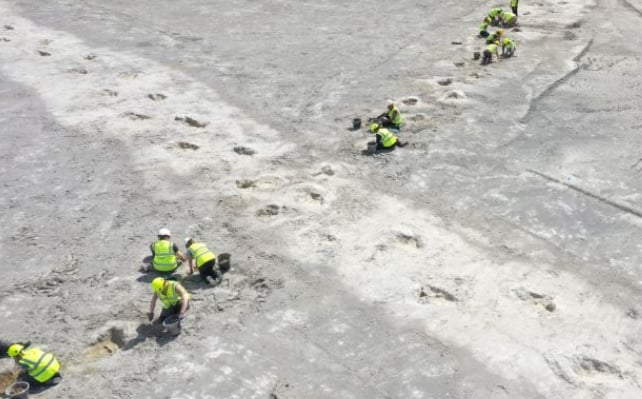
Researchers are excavating a Jurassic "lost world" at a quarry in Oxfordshire, England - Photo: UNIVERSITY OF BIRMINGHAM
According to a team of archaeologists from Oxford University and Birmingham University (UK), the "lost world" was discovered accidentally, when a worker operating a mechanical excavator noticed an "unusual bulge" exposed under the clay layer.
Preliminary analysis shows that these footprints show the paths of five different animals across the quarry area.
According to the University of Birmingham, one of the footprints may belong to a 9m-long carnivorous dinosaur, known for its distinctive three-toed, clawed feet.
The remaining four sets of footprints could be from four different individuals of the Cetiosaurus species, a Sauropod dinosaur that lived about 161-165 million years ago, with a massive body but were gentle herbivores.
This incredible discovery follows a smaller one in 1997, when 40 footprints were discovered during limestone quarrying, including a sequence of footprints up to 180 m long.
Researchers took 20,000 photos of the latest footprints and created detailed 3D models of the site using drones.
Fossilized footprints can provide a wealth of insight into the ancient animals that left them, from the external details of their feet to how they walked, how they interacted with other species and their surroundings.
Palaeontologist Richard Butler from the University of Birmingham said favourable weather conditions may be the reason the tracks were so well preserved.
"We don't know exactly, but it's possible that a storm came through and deposited a large amount of sediment on top of the footprints, preserving them rather than washing them away," Dr Butler told the BBC .
A team of more than 100 people is still working at the site.
Source: https://nld.com.vn/the-gioi-da-mat-hien-ra-giua-mo-da-gay-soc-cho-khoa-hoc-196250104063020504.htm


![[Photo] Closing ceremony of the 18th Congress of Hanoi Party Committee](https://vphoto.vietnam.vn/thumb/1200x675/vietnam/resource/IMAGE/2025/10/17/1760704850107_ndo_br_1-jpg.webp)

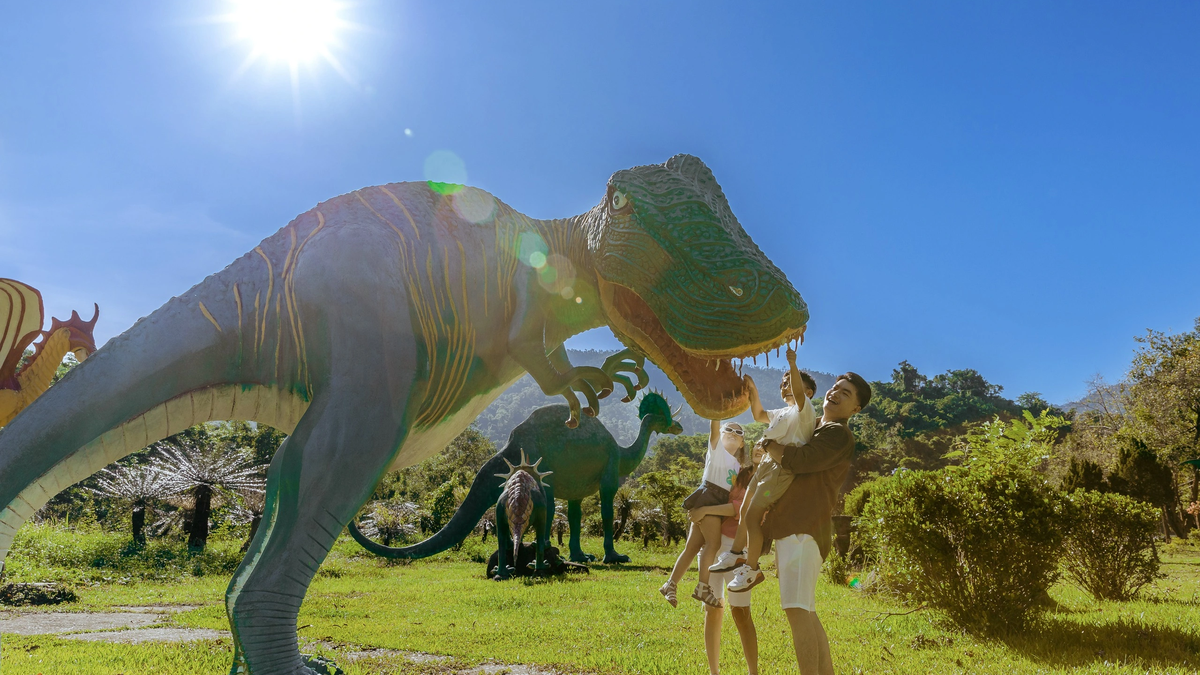





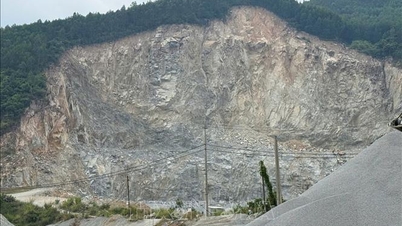




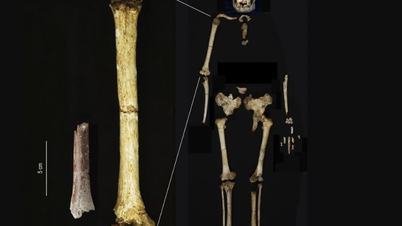





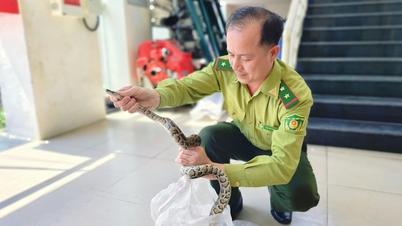













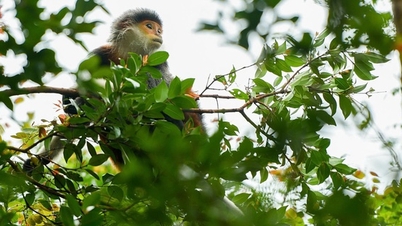
![[Photo] Nhan Dan Newspaper launches “Fatherland in the Heart: The Concert Film”](https://vphoto.vietnam.vn/thumb/1200x675/vietnam/resource/IMAGE/2025/10/16/1760622132545_thiet-ke-chua-co-ten-36-png.webp)












































































Comment (0)